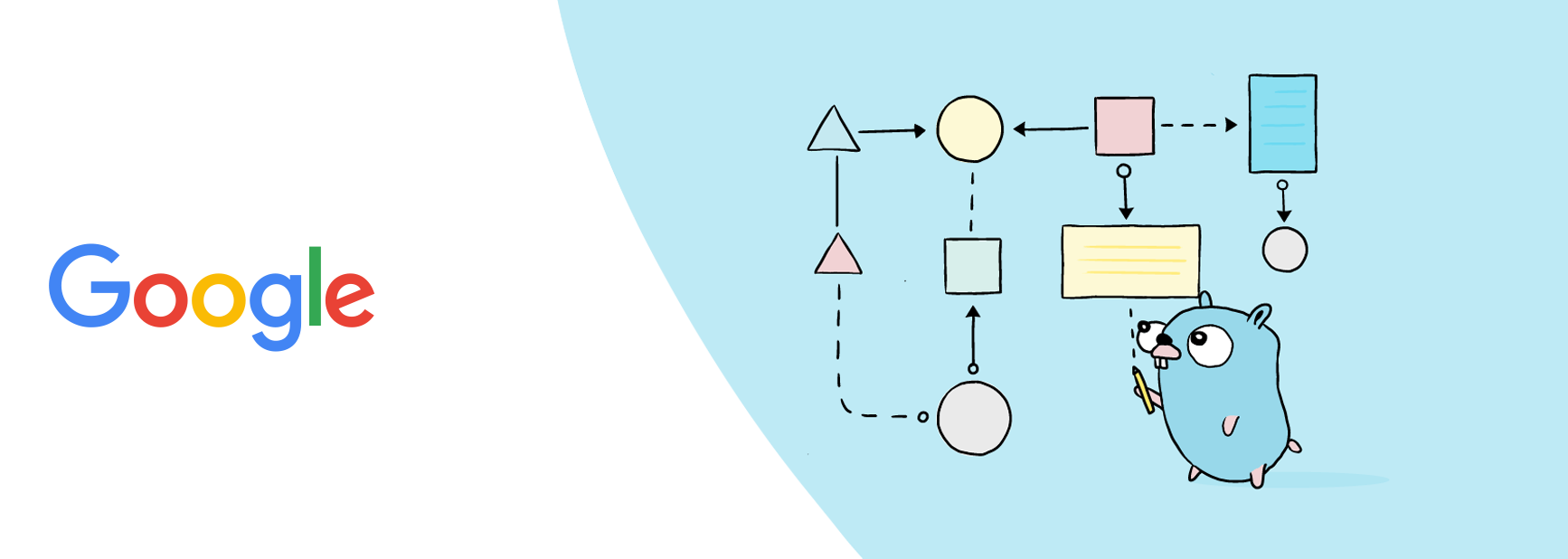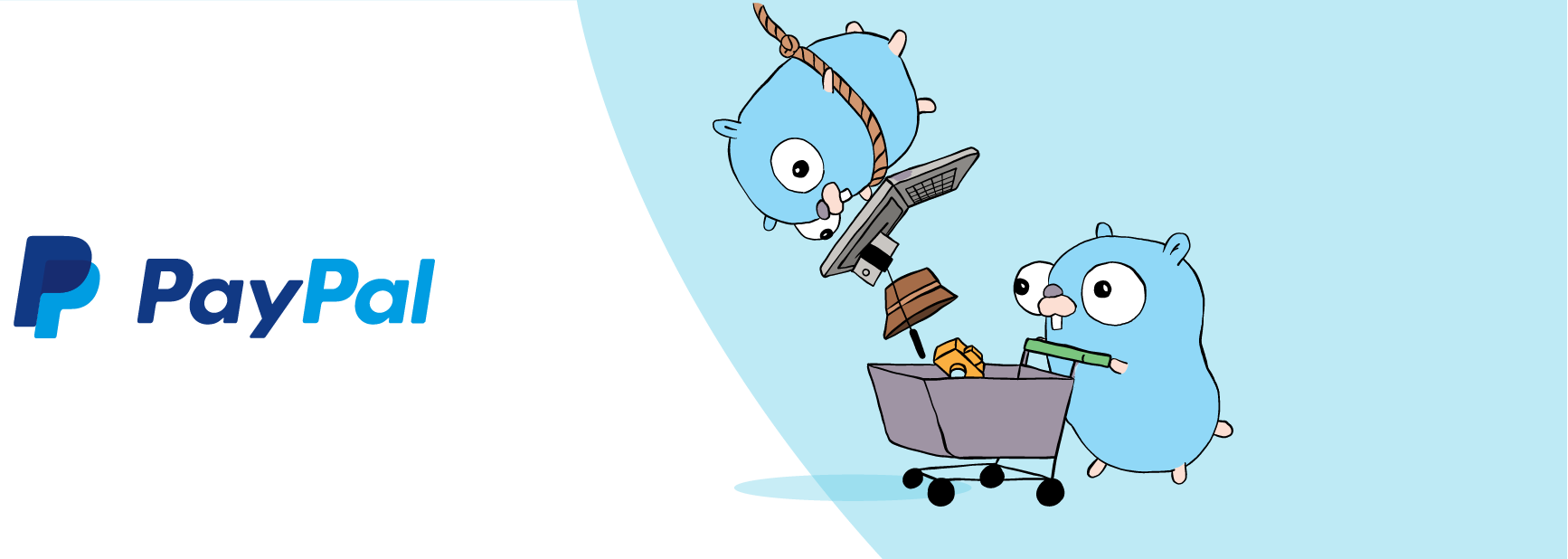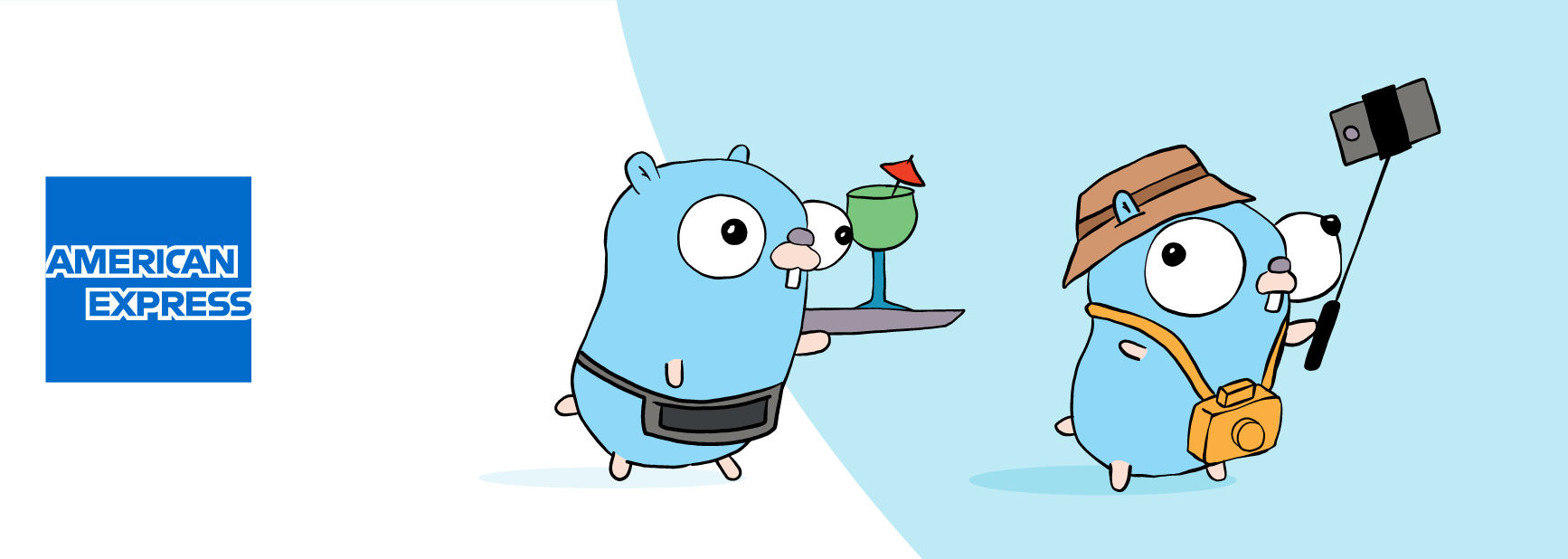-
Allegro – Writing a very fast cache service with millions of entries in Go
“Finally, we sped up our application from more than 2.5 seconds to less than 250 milliseconds for the longest request.”
View Case Study
-
American Express Uses Go for Payments & Rewards
Go provides American Express with the speed and scalability it needs for both its payment and rewards networks.
View Case Study
-


How Armut Labs use Go
Learn about how Armut Labs reduced resource consumption and API response time after moving from C# and .net core to Go.
View Case Study
-
Bitly - Why We Write Everything in Go
In 2014, we wrote a little open source project called NSQ (nsq.io) and put a promising new language called Go through its paces. We liked what we saw so much that we started writing everything new in Go, and soon thereafter we began porting all legacy services to Go as well.
View Case Study
-
Massive practice in Go at ByteDance
Go was introduced to ByteDance in 2014, and since then engineering teams across ByteDance have adopted Go to build products and services on a massive scale. As we went deeper, relatively mature microservice best practices under Go were developed and summarized, which then were open-sourced and named CloudWeGo since 2021. Now 70% of microservices within ByteDance are written by Go.
View Case Study
-
Capital One - A Serverless and Go Journey
At the time, no single team member knew Go, but within a month, everyone was writing in Go and we were building out the endpoints. It was the flexibility, how easy it was to use, and the really cool concept behind Go (how Go handles native concurrency, garbage collection, and of course safety+speed.) that helped engage us during the build. Also, who can beat that cute mascot!
View Case Study
-
Graceful upgrades in Go
Cloudflare speeds up and protects millions of websites, APIs, SaaS services, and other properties connected to the Internet. “Go is at the heart of CloudFlare’s services including handling compression for high-latency HTTP connections, our entire DNS infrastructure, SSL, load testing and more.”
View Case Study
-
Cockroach Labs - Why We Chose to Build Our Database with Go
Go's performance benefits, garbage collection, and low barrier to entry made it a great fit for CockroachDB.
View Case Study
-


How Curve is getting ahead with Golang
Curve shares how Go's efficiency, standard library, and thriving community help them move banking to the cloud.
View Case Study
-
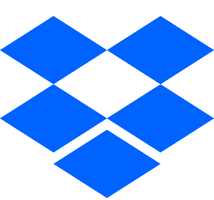

Dropbox - Open sourcing our Go libraries
About a year ago, we decided to migrate our performance-critical backends from Python to Go to leverage better concurrency support and faster execution speed. ... At this point, we have successfully moved major parts of our infrastructure to Go.
View Case Study
-
How Facebook built an entity framework in Go
Learn about a Facebook engineering team's decision to write a new entity framework (ORM) in Go.
View Case Study
-
Using Go at Google
Go was created at Google in 2007, and since then, engineering teams across Google have adopted Go to build products and services at massive scale.
View Case Study
-

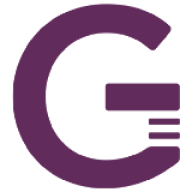
Bigslice - A cluster computing system in Go
At GRAIL, we use the Go programming language for most of our bioinformatics, data processing, and machine learning tasks. Go’s simplicity makes it easy for newcomers to learn; its transparent runtime semantics makes it easy to reason about performance; and its ability to control data layout and allocation makes it possible to write highly performant data processing code.
View Case Study
-
MercadoLibre Grows with Go
Go provides clean, efficient code that readily scales as MercadoLibre’s online commerce grows, and increases developer productivity by allowing their engineers to serve their ever-increasing audience while writing less code.
View Case Study
-
How Microsoft Embraces Go
Learn about how Microsoft has helped support Go and how it uses Go to power pieces of its cloud infrastructure.
View Case Study
-
Monzo – Building a Bank with Golang, Microservices and Containers
“Go is a perfect language for creating microservice architectures, and the concurrency features, and the language in general, has allowed the easy creation of small and simple networked services at Monzo that are focused around the ‘single responsibility principle’.”
View Case Study
-
Netflix - Application data caching using SSDs
The decision to use Go was deliberate, because we needed something that had lower latency than Java (where garbage collection pauses are an issue) and is more productive for developers than C, while also handling tens of thousands of client connections. Go fits this space well.
View Case Study
-
PayPal Taps Go to Modernize and Scale
Go’s value in producing clean, efficient code that readily scales as software deployment scales made the language a strong fit to support PayPal’s goals.
View Case Study
-
Riot Games - Leveraging Golang for Game Development and Operations
Learn how Riot uses Go to develop, deploy, and operate backend microservices at scale–globally. They share their experience across use cases, with specific examples, and speak to the value of the gopher community.
View Case Study
-
Salesforce - From Python/C to Go
One of the big advantages is that Go's cross-platform features make porting code easy.
View Case Study
-
Find out more about Golang at SIXT
“We have been doing Golang at SIXT since 2015. Back then there was not that many people here in our area which were doing Golang in production mode, mostly side projects. So it was really a bold move from our side but it proved to be quite successful. Fast forward to 2019 we have over 15 teams doing Golang. Many of the applications they have built are basically foundation for most of our mobility product offer including Rent, Ride and Share.”
View Case Study
-
Stream – Why We Switched from Python to Go
Go’s combination of a great ecosystem, easy onboarding for new developers, fast performance, solid support for concurrency and a productive programming environment make it a great choice. It allowed a small development team at Stream to power feeds and chat for over 500 million end users.
View Case Study
-
Trivago – Why We Chose Go
“Go’s simplicity and its sophisticated tooling let us scale not only our service but more importantly, the process of software engineering itself. Reducing the friction of onboarding and training someone has a significant impact on the company’s productivity, even more so in a constantly moving environment like trivago.”
View Case Study
-
Twitch - Go’s march to low latency GC
We use Go at Twitch for many of our busiest systems. Its simplicity, safety, performance, and readability make it a good tool for the problems we encounter with serving live video and chat to our millions of users.
View Case Study
-
Uber - GPU-power analytics engine in Go
AresDB [,written in Go,] is widely used at Uber to power our real-time data analytics dashboards, enabling us to make data-driven decisions at scale about myriad aspects of our business.
View Case Study
-
How Wildlife Studios builds backend systems in Go
Wildlife is a Brazilian native global company focused on mobile gaming. We aim to develop games that will make billions of people happy. We have almost 40 million daily active users, and we rely on Go as the main language for our core platform, given its features to scale our backend services.
View Case Study
-


X - 5 billion sessions a day in realtime
We now see about five billion sessions per day, and growing. Hundreds of millions of devices send millions of events every second to the Answers endpoint. During the time that it took you to read to here, the Answers back-end will have received and processed about 10,000,000 analytics events.
View Case Study
Opens in new window.
